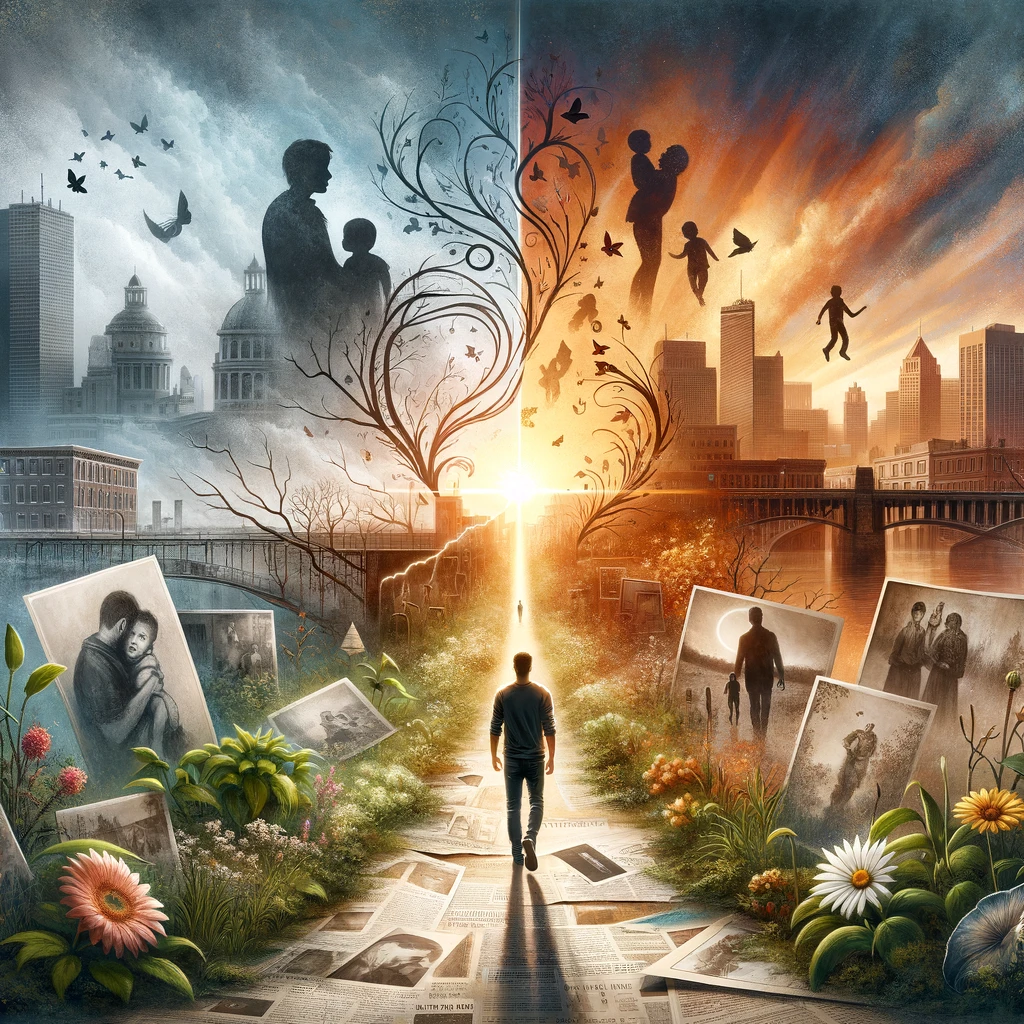Writing with AI
Example: Chris uses an AI writing tool to compose poetry. He starts by inputting his current emotions or thoughts, and the AI generates creative prompts or continues his initial lines, helping him articulate his feelings in verse.
Prompt: “I’m feeling lost and alone. Help me write a poem that captures these feelings.”
Music Composition
Example: Alex employs an AI music creation app to compose music that resonates with his emotional state. He inputs the mood he wishes to convey, and the AI suggests melodies and harmonies that match his emotional tone.
Prompt: “Create a soothing melody to help me express and cope with my anxiety.”
Visual Arts and AI
Example: Emma uses an AI art generator to visually represent her feelings. She describes her emotions to the AI, which then creates abstract imagery or patterns that reflect her mental state.
Prompt: “I’m feeling a mix of joy and nostalgia. Generate an artwork that represents these emotions.”
AI as a Creative Partner
Example: Sarah collaborates with AI to brainstorm ideas for a short story. The AI suggests plot twists and character developments based on her initial concept, helping her build a narrative that mirrors her life experiences.
Prompt: “I want to write a story about overcoming adversity. Can you suggest some plot ideas?”
Real Life Example:
Prompt: “I’m feeling a mix of joy and nostalgia. Generate an artwork that represents these emotions. Do this based on the story that you know about me”

Conclusion
Artistic expression through AI offers a unique avenue to explore and articulate deep-seated emotions. By merging technology with creativity, individuals can find new ways to express themselves, turning intense feelings into beautiful and meaningful art.